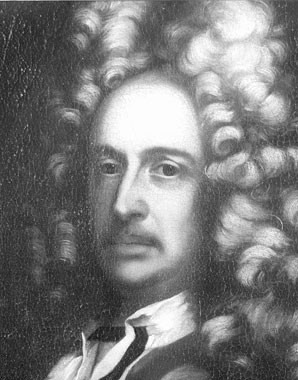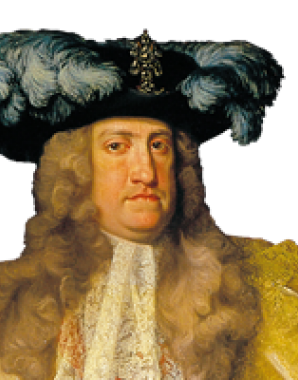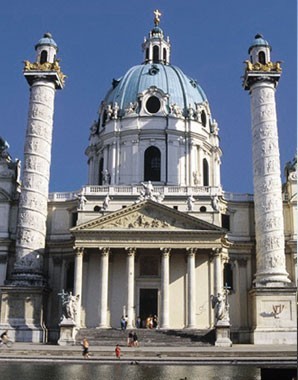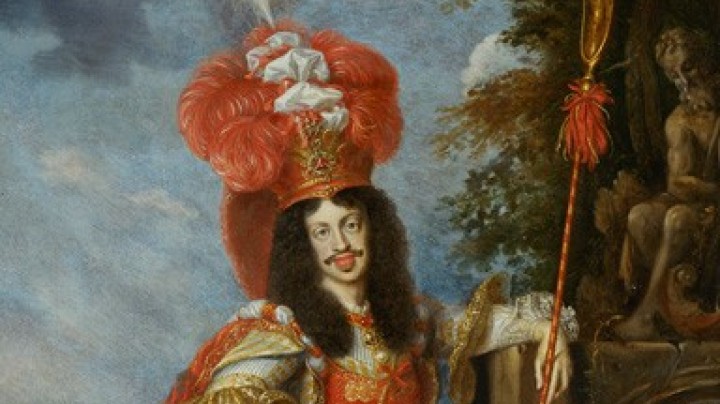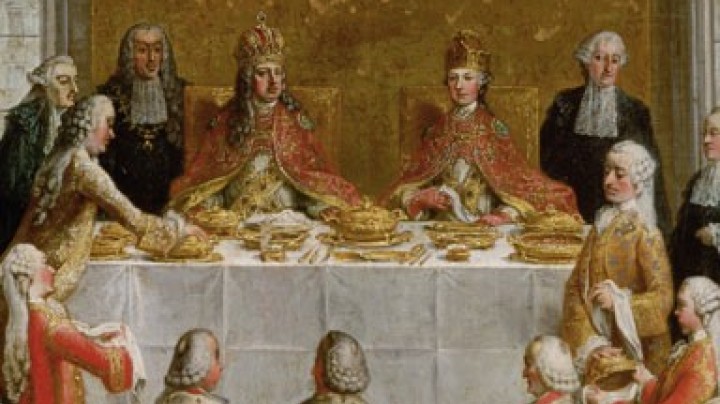The new Rome: Fischer von Erlach and the 'Kaiserstil'
At the zenith of its power around 1700, the dynasty was seeking appropriate means of expression for its new sense of identity. History and art were exploited as sources for a state ideology and as propaganda against the Turks and the French: the Viennese Court saw itself as the ‘new Rome’.
Having trained in Rome and studied classical architecture at first hand, Johann Bernhard Fischer von Erlach was conversant with both the architecture of the Roman Baroque and that of neo-Classical Western European Baroque. For the Habsburg Court Fischer created a new monumental architectural language to which historians have given the name ‘Kaiserstil’ (lit.: ‘emperor style’).
Fischer’s treatise on the history of architecture, Entwurff einer historischen Architectur, first published in 1721, is regarded as his major ideological work. Its underlying message was that the House of Habsburg should draw on the monuments of the past for the edifices it commissioned. Fischer’s treatise is not a theoretical study of historical buildings but a magnificent illustrated volume presenting examples from history for the future imperial building projects of the Habsburg Court.
This wide-ranging synopsis of historical buildings includes not only classical edifices but also – exceptionally for that time – examples from advanced civilizations outside Europe. Besides obvious examples such as the Seven Wonders of the World, the volume includes views of Chinese, Arab and Ottoman architecture. In addition, less well-known structures from regions under Habsburg rule are illustrated to demonstrate their geographical and historical complexity, such as Roman ruins in Spain (still seen – in denial of reality – as Habsburg territory), or a number of Turkish buildings in Hungary. Opposite the historical architectural monuments, Fischer, with a notable lack of modesty, presents his own designs.
The dynasty’s confident utilization of art as a means of propaganda had enduring repercussions in the history of art: celebrated by some contemporaries as the answer of ascendant Habsburg power to French dominance, the Kaiserstil was often interpreted in older historiographical works as the early artistic expression of a German national identity. Referred to with clear German Nationalist connotations as the Reichsstil, it was seen as the overcoming of welsch (= Romanic) artistic tutelage and the final triumph of genuinely ‘German’ art.







